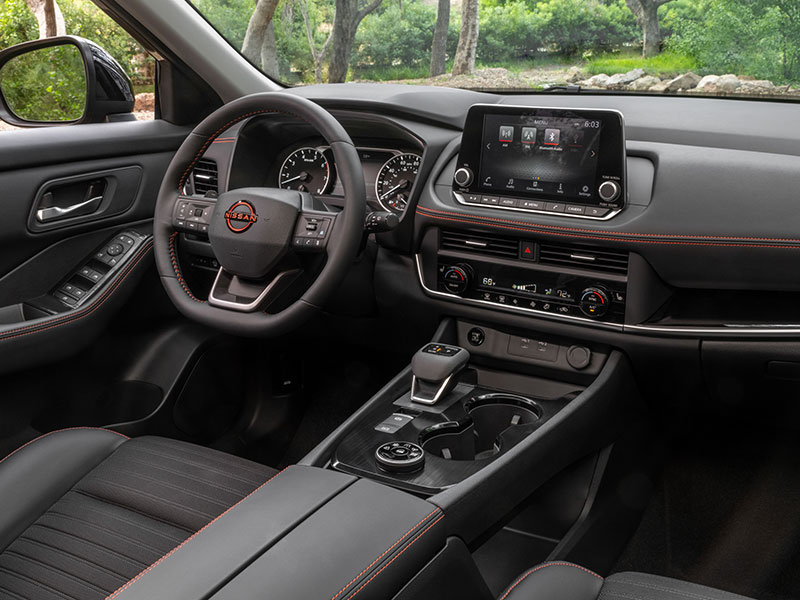Premise: You want one compact SUV that handles slush, school lines, and weekend errands without stress. Keep this simple and repeatable. We run a coaching-style playbook you can do in one afternoon.
2026 Nissan Rogue vs 2026 Toyota RAV4: Efficiency, Comfort, and Daily-Driver Tech

Game plan: three short drills
Drill 1: the cold-start loop
Start each SUV cold. Run a 15-minute loop with a steep on-ramp, a rough side street, and two tight parking moves. Note steering weight and how the transmission behaves at low speed. The Rogue's available all-wheel drive and snow-friendly tuning should feel calm off the line. The CR-V Hybrid leans on its electric assistance for smooth takeoffs. Different feels, both valid.
Drill 2: the phone-and-voice test
Pair your phone. Ask for the same destination, coffee stop, and a grocery store. The 2026 Rogue offers Google built-in on select trims, which means native Google Maps and Assistant. If you use Google every day, that matters more than a big spec number. If you prefer a lighter layout, CR-V's interface may feel quieter. Your hands decide.
Drill 3: the cargo check
Fold the back seats. Load two bins and a folded stroller. Lift-over height and seat-back angle make a bigger difference than you think. Try it now, not after you buy.
Snow reality
All-wheel drive helps you launch, but winter tires help you stop. That is physics. If you drive through storms, budget for a dedicated winter set no matter which SUV wins. You will feel the difference on black ice, and you will like it.
Costs you actually pay
- Insurance quotes for both VINs.
- Tire size and price. Bigger wheels can cost more.
- Remote starter and heated wheel are worth it in New England.
What to verify, not assume
I cannot confirm your exact trim's equipment or EPA mpg. Options and wheels change those figures. Read the window sticker and drive the exact build.
Sources (plain URLs)
2026 Rogue overview:
Rogue connectivity:
CR-V Hybrid overview:
EPA small SUV class:

 AdChoices
AdChoices